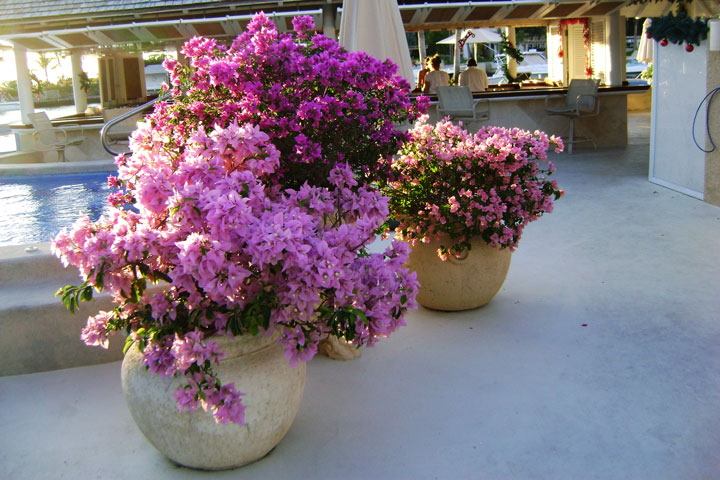
How to Grow a Bougainvillea from Cuttings
In hanging baskets or containers, as a climbing vine, wall cover, or shaped into a tree, the bougainvillea is a popular favorite visible in nearly every city, town, or rural hamlet across the country. However, the showy blossoms that make this plant a crowd favorite only develop on new growth. Propagation by cuttings will allow you to keep an adequate supply of new plants to maintain the vibrant look you love, even in climates less favorable to this tropical plant.
What You’ll Need:
- Garden gloves
- Garden shears
- Rooting hormone
- Growing medium
- Biodegradable pot
- Zip-lock bag
- Cutting tool
- Additional, larger containers
- Water
- Water-soluable fertilizer
Step 1 – Prepare Bougainvillea Cuttings
Cuttings for propagation should be five to nine nodes in length. Semi-ripe cuttings, sometimes called semi-hardwood, are the best choice for rooting, but in warmer climates, with nights usually above 55 degrees Fahrenheit, you’ll need to select softwood cuttings from new growth. If the nighttime temperatures are lower due to a colder climate, hardwood cuttings are a better choice. Remove the leaves and blossoms once you have selected your cutting. Your piece needs to devote itself fully to root development, so it cannot support much else in the mean time, including foliage.
Step 2 – Plant the Cuttings
Treat the end of your cutting with rooting hormone, and place it in a moistened growing media. A quality commercial potting soil, peat and perlite mixture, or other soil-less medium in a three-inch biodegradable pot will do. Bougainvilleas like a slightly acidic mixture with a pH of 5.5 to 6.0. They are quite intolerant of excessive moisture as well, so good drainage is essential.
Seal the potted cutting inside a Ziploc bag, and place this “mini-greenhouse” in a sunny location. The application of bottom heat, particularly in cooler climates, stimulates growth. The cutting needs at least a couple of hours of strong light daily, but avoid allowing it to become too hot. The bag will contain the moisture from planting, keeping an ideal humid atmosphere around the growing plant.
Tip: Bougainvilleas require at least five hours of direct sunlight a day for optimal blooming. Keep your plants outside as long as possible through the warm seasons, with southern exposure.
Step 3 – Transplant Rooted Bougainvillea Cuttings
Bougainvilleas are slow growing, so it takes six to 12 weeks for the roots to be well-established. At that time, carefully cut open the bottom of the pot. The roots of bougainvilleas are quite fragile. To avoid damaging them, replant the cutting—pot and all—into a slightly larger container. Resist the urge to transplant until the pot is too crowded for watering, as bougainvilleas produce more blooms when their roots are crowded.
Many growers advocate the application of a broad-spectrum fungicide when transplanting, as this helps avoid the risk of root rot. Try to minimize the shock to the young plant by keeping it in the same lighting conditions and temperatures it has known thus far. Water it at the first sign of wilt. Gradually harden off the plant, allowing it to adapt to the conditions near its final destination.
Step 4 – Maintain Your Young Bougainvilleas
Bougainvilleas require little to bloom and look their best. Shape the bougainvillea by pinching the tips of branches. This will not affect blooming, but will encourage the growth of new side shoots from buds below the pinch.
Use a water-soluble balanced fertilizer, 20-20-20, every other week during the growing season. During a mild winter, feed only once every four to six weeks. Do not feed a dormant plant until new growth appears, and do not over-fertilize. With a minimum of effort, the bougainvillea will become the focal point of the home or garden.


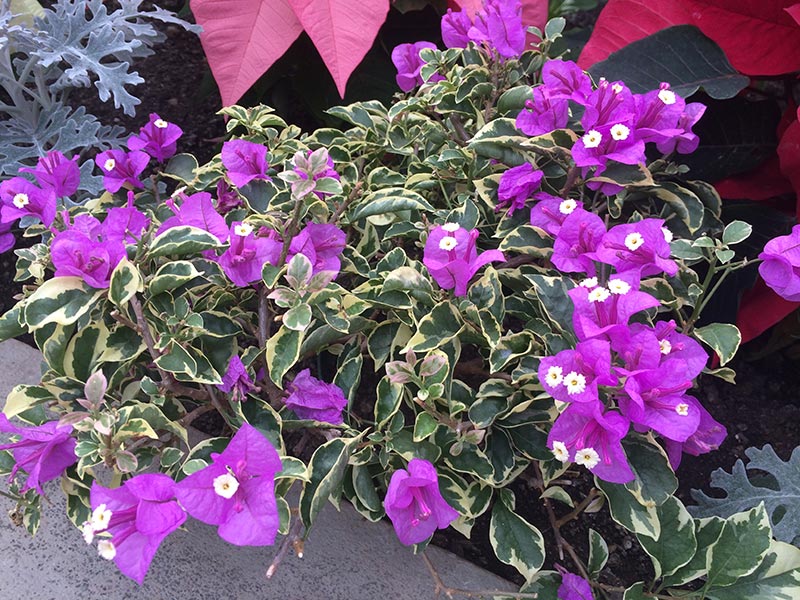
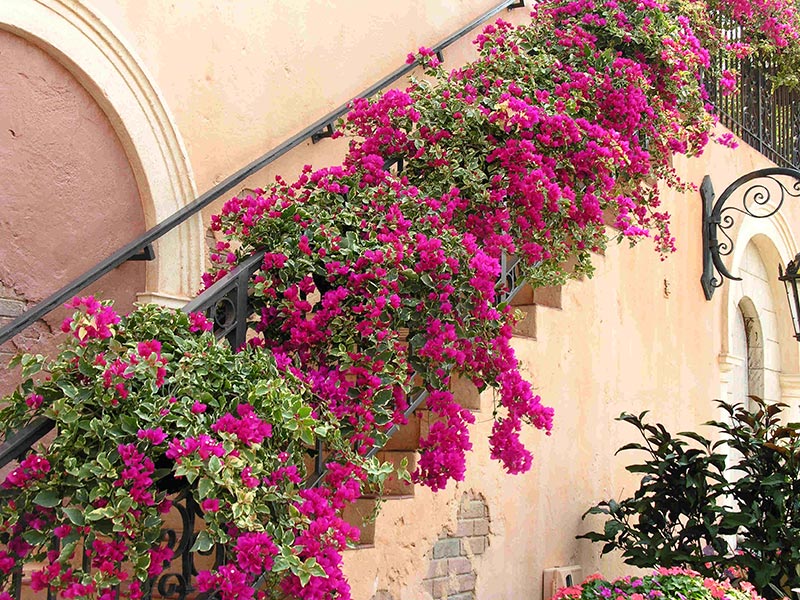
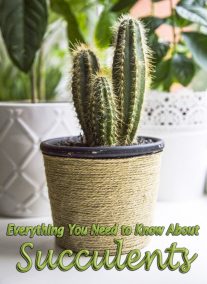
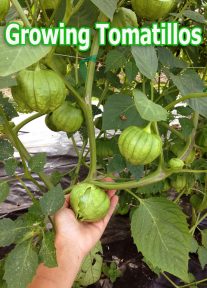
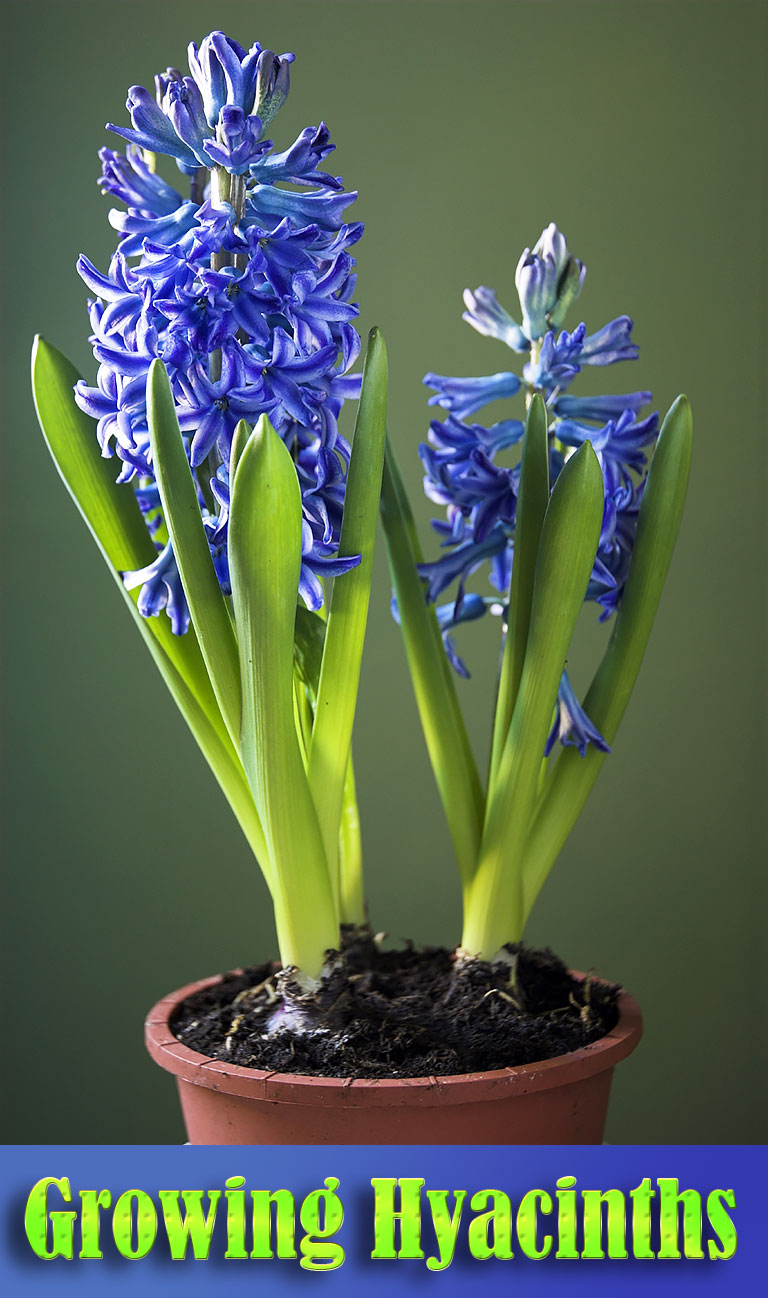
Leave a Reply